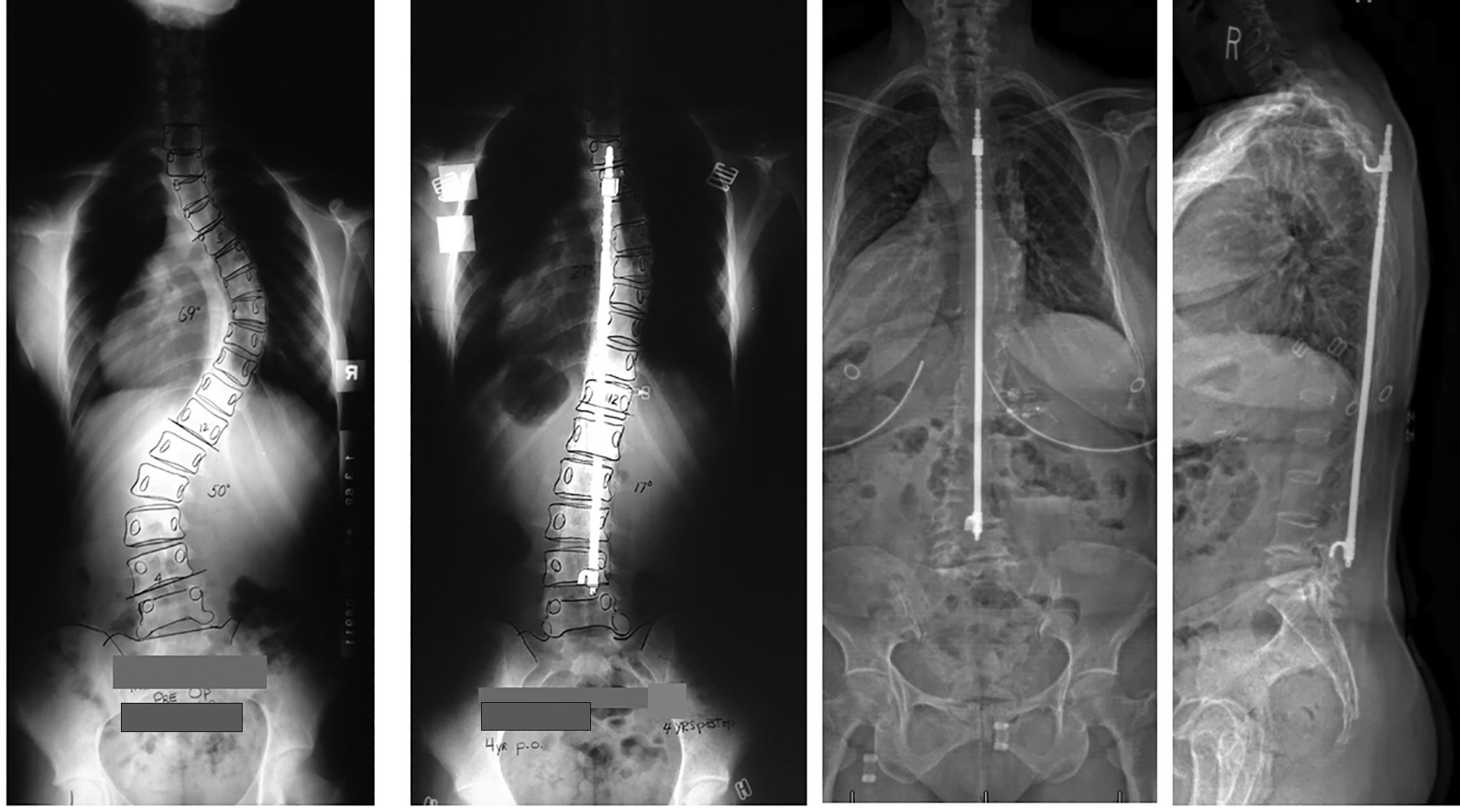Patient outcomes ≥40 years after treatment for adolescent idiopathic scoliosis, return-to-sport rates following periacetabular osteotomy, and other important findings are covered in the new JBJS Guest Editorial “What’s New in Pediatric Orthopaedics.” Here, we highlight the 5 most impactful studies, as selected by co-author Lindsay M. Andras, MD.
Trauma
A randomized controlled trial in the U.K. evaluated pain and function in children (ages 4 to 15) who were treated for a distal radial buckle fracture with either a soft bandage or rigid immobilization1. Pain was measured using the Wong-Baker FACES Pain Rating Scale. Pain scores reported at 3 days were equivalent between the 2 treatment groups. Additionally, no significant differences in pain or function were found between the groups at 6-week follow-up.
Spine
A study published in JBJS assessed the long-term health-related quality of life and need for a subsequent surgical procedure in a series of 134 patients treated for adolescent idiopathic scoliosis with Harrington instrumentation and fusion2. Patients had a minimum 40-year follow-up. A lower rate of undergoing additional surgical procedures was found in patients with a lowest instrumented vertebra (LIV) at L3 or proximal compared with patients with an LIV at L4 or distal (13% vs. 36%, respectively). However, there was no difference in quality of life between the two groups, nor were their scores different from normal age-based means.
Hip
Patient-reported outcomes and return-to-sport rates were measured in 29 athletes who underwent concomitant hip arthroscopy and periacetabular osteotomy for acetabular dysplasia and cam deformity3. A success rate of 81.8% was reported for athletes who attempted to return to sport. Significant improvements in patient-reported outcomes at a minimum follow-up of 2 years were also reported.
Foot
A retrospective study of 300 patients with idiopathic clubfoot found that leg-length discrepancy was present in 9% of patients and ranged from 0.5 to 3.5 cm4. The study showed that the relapse rate and total number of Ponseti casts applied were significantly higher in patients with leg-length discrepancy.
Upper Extremity
Researchers utilized the Congenital Upper Limb Differences (CoULD) registry to investigate the associated medical and musculoskeletal conditions in patients with ulnar longitudinal deficiency (ULD)5. Of the 75 patients with ULD, hand anomalies were identified in 93%, medical comorbidities in 19%, and cardiac anomalies in 8%. The authors recommend a thorough cardiac evaluation for patients with ULD.
“What’s New in Pediatric Orthopaedics” is freely available at JBJS.org.
What’s New by Subspecialty
Each month, JBJS publishes a review of the most pertinent studies from the orthopaedic literature in a select subspecialty. To read the reports, visit the “What’s New by Subspecialty” collection at JBJS.org.
Recent OrthoBuzz posts include: “What’s New in Adult Reconstructive Knee Surgery,” What’s New in Musculoskeletal Tumor Surgery,” and “What’s New in Musculoskeletal Basic Science.”
References
- Perry DC, Achten J, Knight R, Appelbe D, Dutton SJ, Dritsaki M, Mason JM, Roland DT, Messahel S, Widnall J, Costa ML; FORCE Collaborators in collaboration with PERUKI. Immobilisation of torus fractures of the wrist in children (FORCE): a randomised controlled equivalence trial in the UK. Lancet. 2022 Jul 2;400(10345):39-47.
- Lander ST, Thirukumaran C, Saleh A, Noble KL, Menga EN, Mesfin A, Rubery PT, Sanders JO. Long-term health-related quality of life after Harrington instrumentation and fusion for adolescent idiopathic scoliosis: a minimum 40-year follow-up. J Bone Joint Surg Am. 2022 Jun 1;104(11):995-1003.
- Jimenez AE, Lee MS, Owens JS, Maldonado DR, LaReau JM, Domb BG. Athletes undergoing concomitant hip arthroscopy and periacetabular osteotomy demonstrate greater than 80% return-to-sport rate at 2-year minimum follow-up. Arthroscopy. 2022 Sep;38(9):2649-58.
- Addar A, Bouchard M. Clinically detected leg length discrepancy in patients with idiopathic clubfoot deformity: prevalence and outcomes. J Pediatr Orthop. 2022 Aug 1;42(7):e772-6.
- Dwivedi N, Goldfarb CA, Bauer A, Bohn D, Samora JB, Wall LB; CoULD Study Group. An analysis of associated conditions and the relationship between the severity of hand manifestations with that of the forearm in ulnar longitudinal deficiency. J Hand Surg Am. 2022 Aug 2:S0363-5023(22)00309-4.



